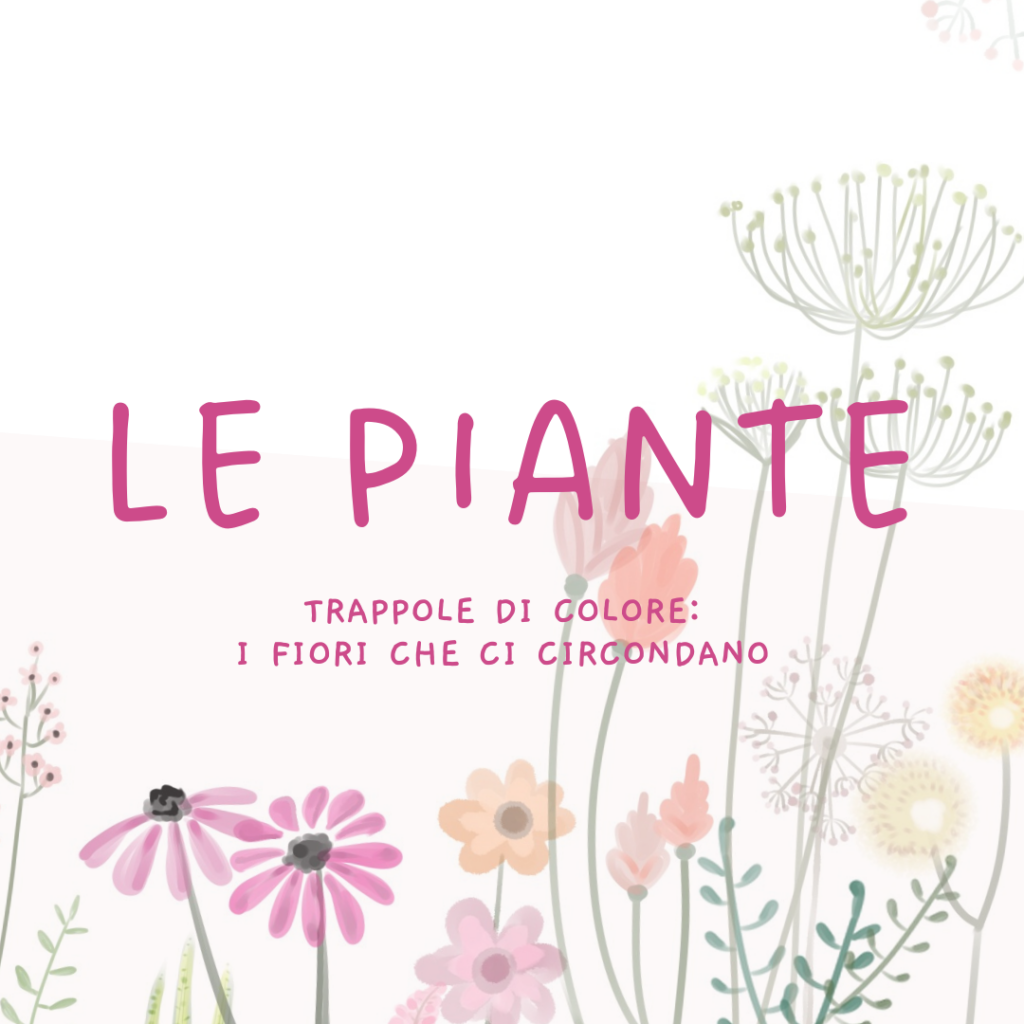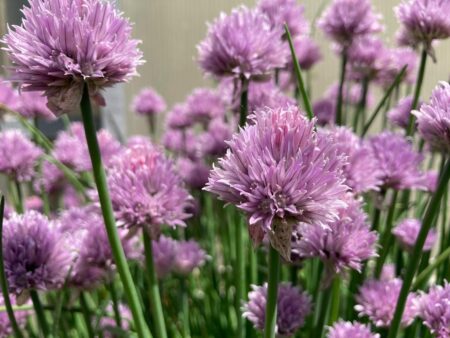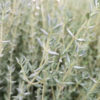
Color traps: the flowers that surround us
About the 90% Some plants produce flowers of varying sizes, from tiny to giant ones, which can measure a meter or more in diameter.
Do you think that the first flowering plants appeared around 247 million years ago and they were water lilies. As time passed, flowers began to bloom on trees and woody, herbaceous and aquatic plants. It is believed, for example, that the spice plant star anise, That's right, is one of the first groups of woody plants to have evolved.
The development of flowers and their attraction techniques
The flowers develop when the plant is ready to produce seeds and reproduce. Life cycles can last weeks or months, depending on the species.
Plants classified as annual germinate, flower, reproduce and die in a year or less (e.g. coriander, garden nasturtium, nigella). The biennials they produce seeds in one season, rest in the winter and flower the following spring, living for about two years (e.g. angelica, digital). The perennials they flower every year and live three years or more (e.g. lavender, thyme, Garlic chives). Some trees (woody perennials) can survive for centuries.
Perfume, size and form of flowers have an important role in attracting pollinators, but it is the color the best way to attract attention.
If the preference of some insects and birds for certain colors might sometimes seem strange, we must consider that theirs eyes they are structurally different from those of us human beings, as they perceive a different color spectrum. Bees and many other insects, which can see ultraviolet light, more easily identify paths to get to the nectar.
To adapt to the visual preferences of their pollinators, plants have thus developed a rainbow of shades, which can help them recognize the right path:
- the white flowers attract nocturnal moths, but also butterflies and flies (Ipomea)
- the pink flowers are loved by butterflies and some moths (Camellia)
- the red and orange flowers are preferred by birds (Hibiscus, Marigold)
- the yellow flowers attract butterflies, bees and wasps (Dandelion)
- the blue-purple and blue flowers of any shade are easily identified by bees (Scabiosa, Cornflower)
- the purple flowers are the most appreciated by bees (Chives)

Interestingly, scientists believe that flowers evolved before many pollinating insects, and that the former were green, like the leaves surrounding them. Following the emergence of a bond between plant and animal, competition between pollinators intensified and plants began to adapt the color of their flowers to attract some species.
As we were saying, the human eye sees light reflected as colors, while many pollinators have a completely different vision of the world!
Bees, for example, perceive a certain range of wavelengths, including the ultraviolet space, which allows them to see some characteristics of a flower, such as lines, dots or other patterns present. These details are real nectar guides and they are also fundamental for plants, which through this stratagem manage to disperse their pollen.
Then consider that many plants further make the most of their colors by varying the colors nuances of the flowers based on their maturation stages. This way they will be able to launch some real ones color signals. Through this strategy, pollinators are voluntarily directed towards mature flowers rich in nectar and pollen, receiving more visits and thus having a greater chance of being fertilized!
The extraordinary adaptation and transformation strategies developed by flowers in order to reproduce are many and we will not fail to talk about other interesting aspects in a future article!
Doubts and want some more clarification? Write to us!












